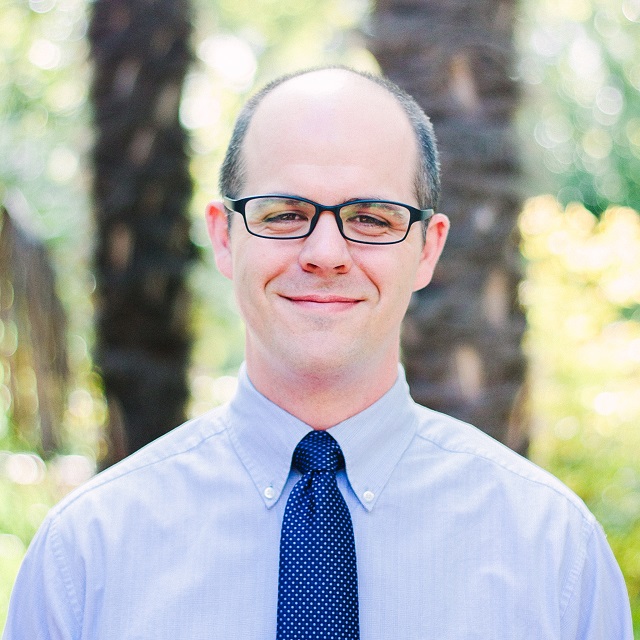Here at the College of Social Sciences and Public Policy (COSSPP), our faculty have been quite busy! Here are some of the projects that our faculty have recently published.
“Land Preservation Under the Transfer of Development Rights Program” by Dr. Kerry Fang

In her recent article, Dr. Fang examines the success of transfer of development rights (TDR) programs, which are are land preservation programs that promise to conserve land in its current use by allowing landowners to sell development rights on their parcels, in Montgomery County, Maryland. She finds the TDR program showed promising effects on preserving agricultural land and forest, but was also insufficient in advancing desirable development patterns and ensuring permanent conservation.
“Do Authoritarian Elections Help the Poor? Evidence from Russian Cities” by Dr. Quintin Beazer

In his recent article, Dr. Beazer examines whether local elections under autocracy help the poor. Using geographic and temporal variation across Russian cities (2002–12) in the elimination of mayoral elections, he investigates how mayoral appointments affect the maintenance of aging housing infrastructure. He finds that, compared to elected mayors, appointed mayors allow more of their Soviet-era housing stock to become dilapidated and unsafe. Moreover, bad housing increases more in cities where appointees deliver high vote shares to the ruling party in national elections.
“When Religion Hurts: Structural Sexism and Health in Religious Congregations” by Dr. Patricia Homan

In her recent article, Dr. Homan examines the relationship between structural sexism and health. To do so, she looks to two nationally representative surveys to explore the health consequences of structural sexism within another setting: religious institutions. She finds that among religious participants, women who attend sexist religious institutions report significantly worse self-rated health than do those who attend more inclusive congregations. Furthermore, only women who attend inclusive religious institutions exhibit a health advantage relative to non-participants.
